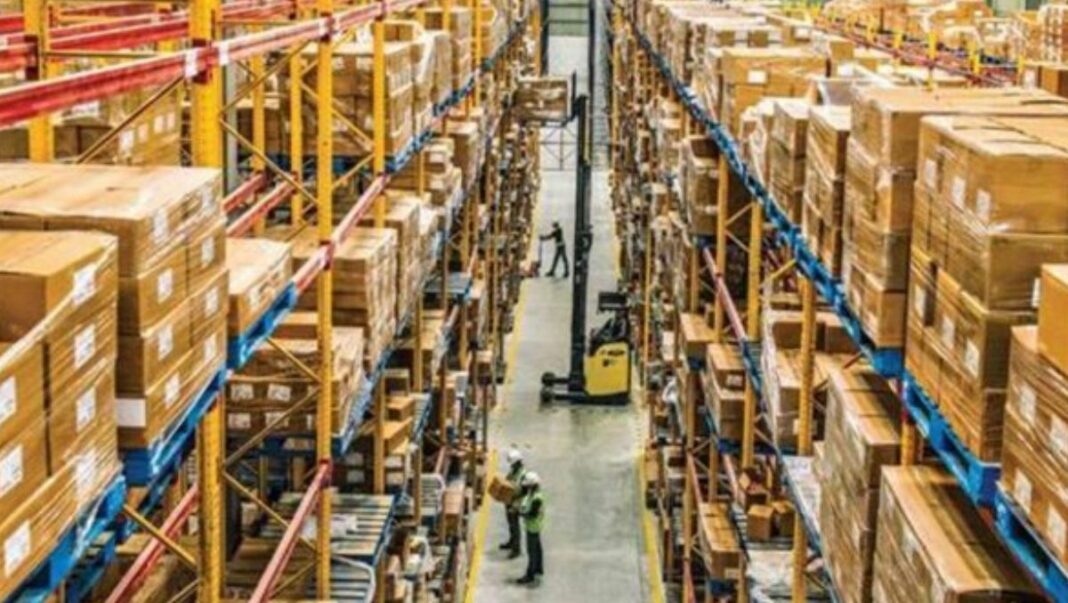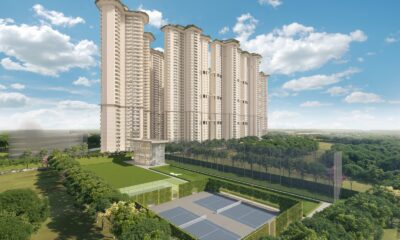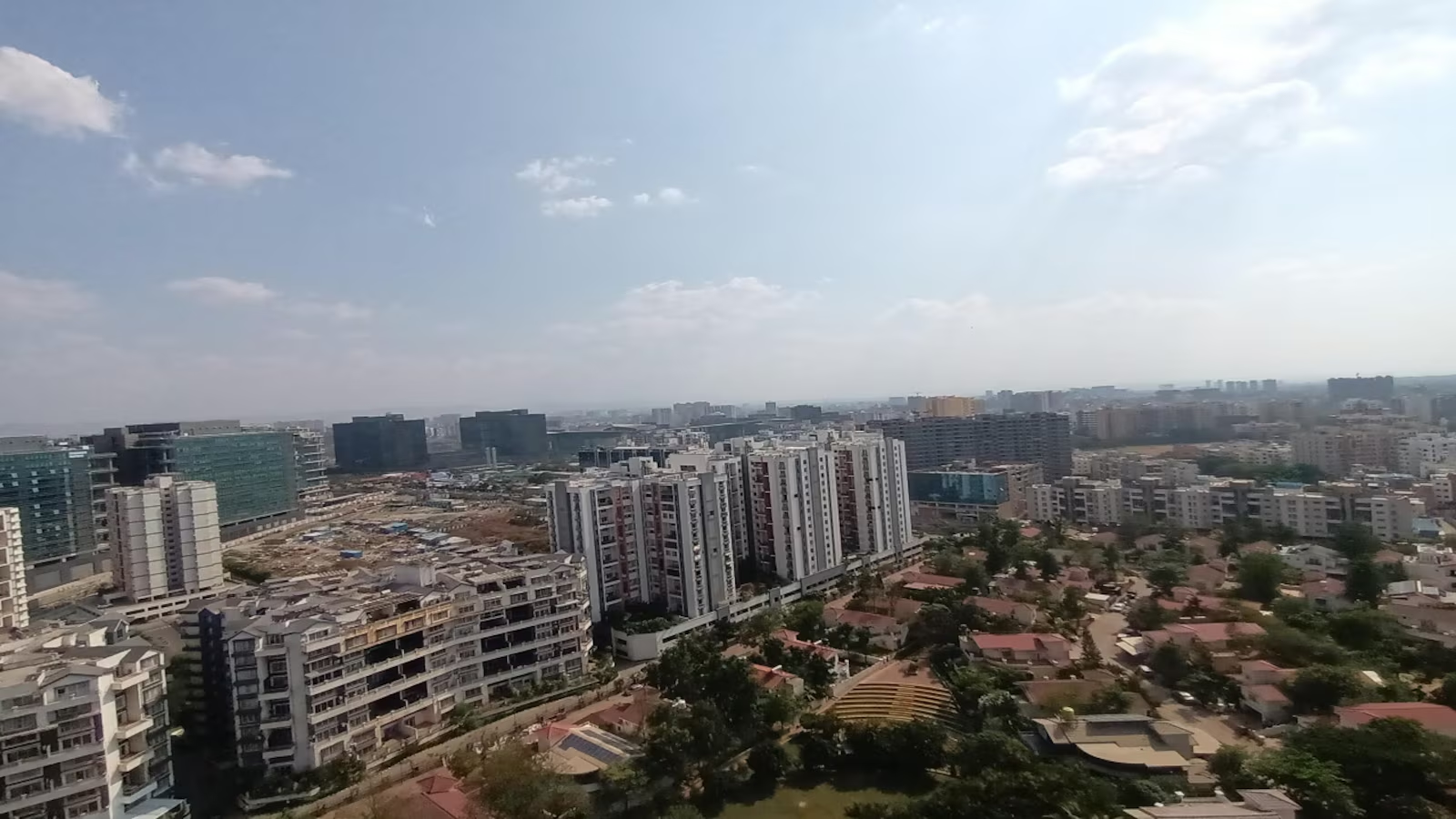News
I&L set to meet 2023 leasing benchmarks in 2024, led by 3PL players and E&M firms


April 12, 2024: CBRE South Asia Pvt. Ltd., on Friday announced the findings of its report, ‘2024 India Market Outlook’. The report highlights key trends and projections for the Indian real estate sector this year. According to the report, the estimated leasing in the I&L sector is expected to meet the 2023 benchmark in 2024, despite potential global and domestic macro-economic uncertainties. The report also highlights that the demand for the I&L sector is anticipated to remain strong in the upcoming quarters, with occupiers expected to continue adopting their ‘multipolar’ supply chain strategies. Moreover, supply addition is expected to normalize in 2024 with a projected range of 35-37 mn. sq. ft., following a peak in the previous year.
Key Indian cities like Mumbai, Bangalore, Hyderabad, Pune, and Ahmedabad are expected to drive demand, with space take-up likely to remain steady compared to 2023. Leasing activity is expected to stabilize in cities like Delhi-NCR and Chennai in the coming quarters. Delhi-NCR, Bangalore, Chennai, and Mumbai are anticipated to lead in supply addition, with a higher share of development completions supported by institutional funds.
Demand Drivers:
- 3PL Players Leading the Pack: Warehousing demand will be primarily driven by third-party logistics (3PL) companies as businesses rely more on their distribution networks. Engineering and manufacturing (E&M) firms will also contribute to demand growth.
- E-commerce Growth with Caution: While e-commerce will see a rise in demand for small warehouses (delivery centers), large-scale expansions might be approached cautiously.
- Other Sectors Fueling Demand: Retail, FMCG, auto & ancillary, and electronics & electricals sectors are also expected to drive warehouse space requirements.
Transaction Size Trends:
- Large Deals on the Rise: The share of large-sized warehouse transactions (over 100,000 sq. ft.) is increasing. While momentum is expected to continue in 2024, most leasing activity will likely be in the 50,000 – 100,000 sq. ft. range.
Supply & Sustainability:
- Focus on Green Warehouses: Leading developers are expected to prioritize building high-quality warehouses with green certifications and sustainable practices to attract tenants and enhance their portfolios. Collaborations with occupiers to reduce energy consumption and adopt green energy practices are anticipated. Cost-effective, basic warehouses with some sustainable features might also emerge.
- Grade A Dominance: The supply of Grade A warehouses saw a significant rise in 2023 and is expected to continue growing due to high demand. This, along with rising construction costs, may lead to higher rental rates in some locations.
Rental Market:
- Selective Rental Growth: Mumbai, Hyderabad, Chennai, Delhi-NCR, and Bangalore are expected to see 2-5% year-on-year rental growth in select micro-markets by the end of 2024, particularly in premium warehouses with advanced technology and good location. However, rental rates in some Pune micro-markets might remain stable.
Future-Proof Warehouses:
- Modern Facilities in Demand: Developers will focus on building modern warehouses with features like high ceilings, strong floors, temperature control, dock infrastructure, reliable power, fire safety systems, and ready-built infrastructure for manufacturing units.
- Automation and Technology Integration: The demand for fast deliveries will drive warehouse automation and near-stockpiling near consumption points. Warehouse management systems with real-time tracking, automation for sorting and packing, performance analytics, remote operations, and predictive maintenance are gaining popularity. The use of artificial intelligence (AI), machine learning (ML), and collaborative robots (cobots) will further improve efficiency and reduce labor costs.
Things to watch out for in 2024:
Rising Demand in Tier-II Cities:
- Enhanced infrastructure and growing internet penetration in tier-II and III cities attract occupiers and developers.
- Occupiers prioritize establishing local distribution networks for faster deliveries, catering to evolving consumer demands.
- Developers make strategic investments in land banks near upcoming infrastructure projects in these cities to capitalize on logistics demand.
Last-Mile Logistics:
- Occupiers focus on last-mile logistics for customer satisfaction and competitive edge in ‘same-day’ and ‘instant’ deliveries.
- Demand for micro-fulfilment centres, mini-warehouses, and in-city warehouses rises, especially in retail and e-commerce sectors.
- In-city warehousing, crucial for efficient distribution in urban areas, enables faster order fulfilment and reduces transportation costs.
ESG Compliance:
- ESG-compliant buildings gain importance in the I&L industry, with increasing market awareness and compliance requirements.
- Absorption of green logistics space expected to rise, but occupiers remain cautious about paying a premium for green spaces.
-



 News4 weeks ago
News4 weeks agoKW Delhi 6 Mall Onboards New Brands
-



 News4 weeks ago
News4 weeks agoCommercial Realty Gets Tech Savvy: Fast Construction, Enhanced Convenience
-



 News3 weeks ago
News3 weeks agoGodrej Properties Sells Rs 3k cr+ Homes of Godrej Zenith, Gurugram, within 3 days
-



 News3 weeks ago
News3 weeks agoRBI’s Status Quo on Key Policy Rates to Help Maintain the Real Estate Growth Momentum, Say Industry Stalwarts
-



 News2 weeks ago
News2 weeks agoOlive Announces Dhruv Kalro as Co-Founder
-



 News1 week ago
News1 week agoNoida’s High-Rise Societies Face Multiple Challenges Despite Rapid Urban Growth
-



 News3 weeks ago
News3 weeks agoGodrej Properties Sells 5000+ Homes of Rs 9.5 cr in Q4FY24, Bookings up 84% YoY
-



 News2 weeks ago
News2 weeks agoVestian: Domestic Investors Dominate Institutional Investments in Jan-Mar’24

















